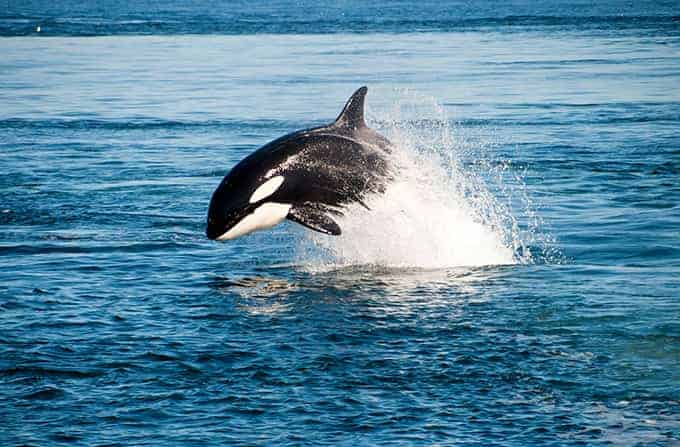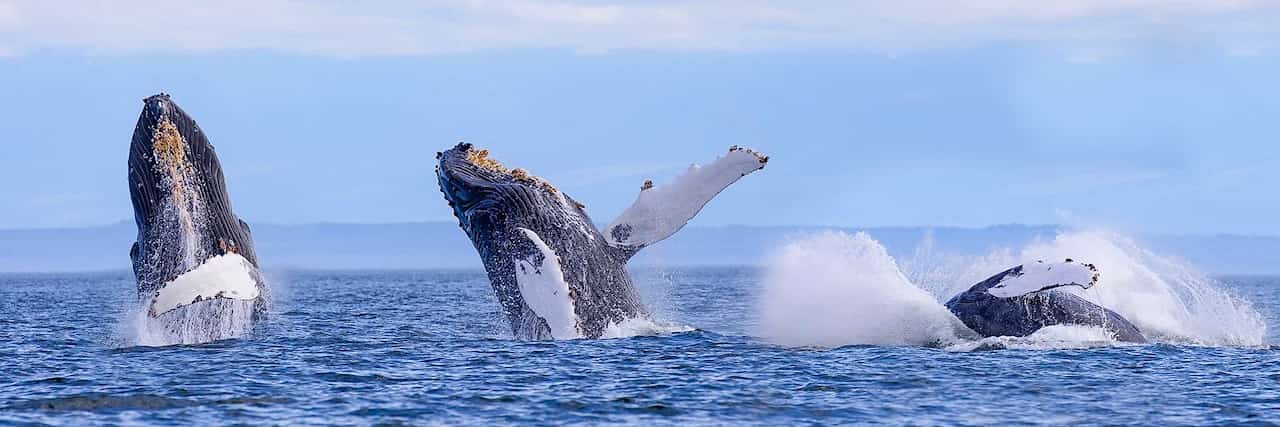Whale watching is one of the most frequent entertainments in Seattle. There are many species of whales and other marine wild animals that can be observed around this area. The waters of Seattle are rich in whales and other long-awaited marine life forms which are keenly sought after when traveling from far. The inquisitiveness into the existence of large sea creatures since time immemorial is one of the reasons that compel thousands of people to travel to Seattle every year. There exist many reasons why the waters of Seattle are considered more attractive to the abundance of whales and other wild animals.
Best Time for Whale Watching
You can find whale-watching trips in Seattle practically all year round – the season differs by the variety of whales you want to see.
Gray Whales: These whales are most commonly spotted between March and May.
Orcas: Officially known as killer whales, these sea monsters are left stranded on beaches around the world by various mechanisms. In the Salish Sea, orcas can often be spotted year-round, but your best opportunity for viewing the resident pods is between May and September.
Minke and Humpback Whales: These species are most commonly sighted from May through September.
Whale Watching Tours
There are a number of whale-watching boats that depart from Seattle and nearby Northwest metropolitan areas like Everett and Anacortes as well as the San Juan Islands. Trips vary between three and six hours depending on the company and the tour. Some guarantee a sighting or your trip is free.
These tours can be completed aboard small, intimate vessels, or much larger ships with multiple viewing decks, educational exhibits, and galleys equipped to provide a full breakfast, lunch, or dinner. The commentary often includes a naturalist providing colorful details about the whales and where they are found and fed.
Species of Whales
The draw, though, is an orca, and a trip might also lead to sightings of other whales such as grey whales, minke whales, and humpbacks. Marine mammals diversify into sea lions, seals, porpoises, and a wide array of seabirds might also appear.
Whale Watching Guidelines
In order to protect these majestic creatures, there are guidelines that tour operators agree to follow, including maintaining a distance from whales and limiting the amount of time spent observing them. The minimum viewing distance for orcas in the US, for example, is 200 yards whereas other whales need to be kept at 100 yards.
Land-Based Whale Watching
Those who prefer to stay on land can spot whales from various places along the coast and sometimes there are whale-watching vantage points. At Lime Kiln Point State Park on San Juan Island, the locals call it ‘Whale Watch Park’.
Of course, with wildlife there are no guarantees, but in this part of the world, the chances are good, especially if you’re looking at the right time of year and with an experienced guide or tour operator.




